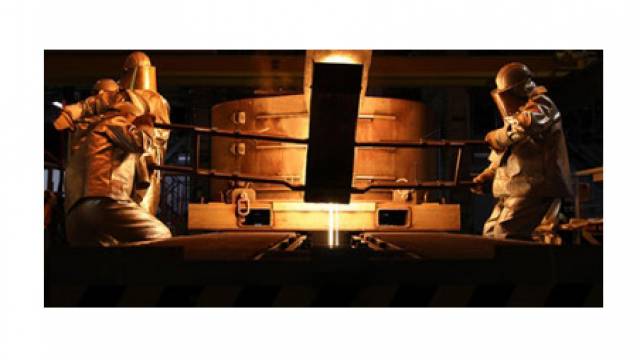
In total 949 mirror substrates of 1.52m in diameter will be delivered to ESO by 2024
The SCHOTT melting team has started casting the first mirror segments that will make up the 39-meter primary mirror (M-1) of the European Large Telescope (ELT). To make the segments, liquid glass heated to over 1400°C will be poured directly into moulds, and transferred into a cooling furnace and subjected to a ceramicization process lasting several weeks. The result is ZERODUR® glass-ceramic, a material with a thermal expansion of near zero that makes it especially suited to astronomy applications. The SCHOTT production facility in Mainz is expected to complete delivery of the segments by 2024.
SCHOTT, the international technology group, will produce up to 949 identical 1.52-meter hexagonal segments for the ELT. The giant mirror will be composed of a total of 798 segments, made of ZERODUR® glass-ceramic, with the balance used as replacement segments.
“Casting the mirror substrates for the M1 is a milestone in the European Southern Observatory’s (ESO) project plan. The main mirror of the ELT will be humanity’s largest eye on the sky, enabling us to reach unprecedented depths of space,” said Marc Cayrel from ESO’s ELT project team. SCHOTT has developed special casting moulds for the production of the M1 segments. “The glass consumption factor will be as low as possible, so we can work very efficiently,” explains Dr. Thomas Westerhoff, Director of Strategic Marketing for ZERODUR® at SCHOTT.
After ceramization, each of the round ZERODUR® blocks will be cut into f...


 You are not logged in, please sign in to view contact
You are not logged in, please sign in to view contact Info release
Info release Promotion
Promotion Building shop
Building shop Online business
Online business